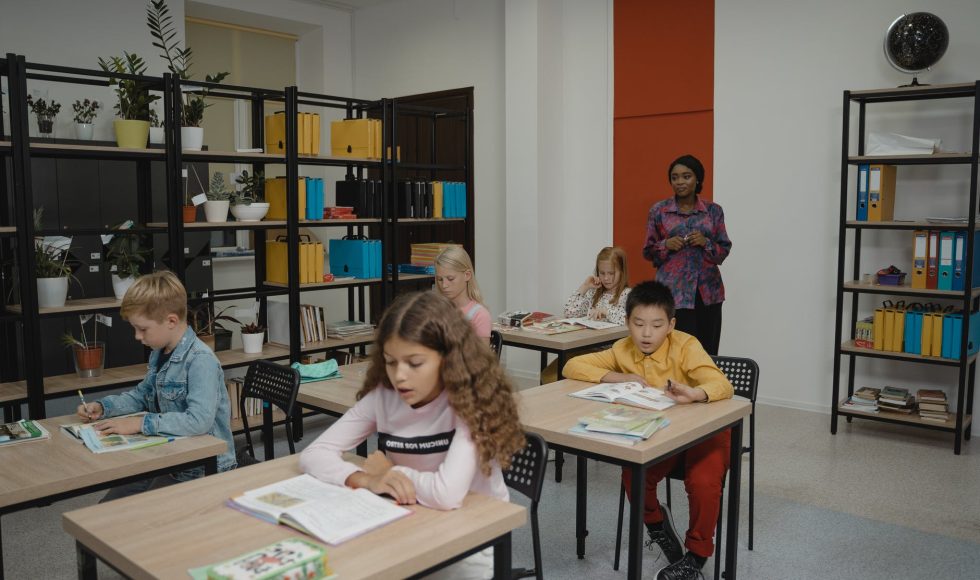Dr. Aaron Gierhart from Columbus State University presented at the 2020 Lilly Conference online on course design, theory, and course participation during the pandemic. Gierhart shared their career experiences and family life. Gierhart completed a doctoral dissertation in February 2020 on narrative studies of five elementary school teachers that integrated technology in different ways at the elementary level. Gierhart used narrative to learn about the pedagogical choices and implementation of educational technology in elementary schools. Gierhart was teaching third grade full time (while finishing a doctoral degree!). Gierhart shared the struggles of defending, accepting a faculty job in Columbus (Georgia), moving, two small children… wow! At Columbus State University, Gierhart taught an online course on science methods to preservice teachers. Geirhart had 11 face-to-face meetings for seventeen students. Gierhart distinguished between access and participation and dove into the research. Access was definied as “providing the means for delivering the course content to students”; participation was defined by Geirhart as “equitably engaging in learning tasks and science processes with integrity regardless of mode of attendance”. I love how the technology and equity are distinguished! Gierhart was intentional in course design to include critical pedagogy to respond to students’ learning needs and necessary content. The approaches used had the goal of minimizing distance. Gierhart’s campus was open to some face-to-face so they scheduled the required 90 hours of practicum lab work in the schools after completing course content meetings.
Gierhart used a badge system instead of traditional points-based grading. Each task or major assignment was associated with a course badge upon satisfactorily meeting the criteria. A breakdown of number of badges and final letter grade was shared. Completing the 90 hours was not associated with a badge. For example, the science lab activities badge had a guidelines document with a purpose, guidelines, and criteria. All resources were uploaded to a GoogleDrive for future use. If they didn’t satisfactorily meet the expectations, Gierhart would provide feedback within days (short turnaround) and allow for revision and resubmission. This system provides opportunities for growth and flexibility. Gierhart mentioned basing the course design and activities on equitable assessment practices and trauma-informed pedagogy.
Communication in the course that Gierhart designed was important, especially for those doing the work asynchronously to interact with others. Zoom, email, and (embedded) GoogleChat were used. Gierhart mentioned that chat was a great way to stay in touch and removed the pressure of appearing on camera. Gierhart used case videos of elementary science teaching and virtual labs because of the pandemic restrictions. The case videos were discussed. Case videos of teaching from the ATLAS collection were linked to Gierhart’s slides. Objectives were listed as well as tasks. Prompts and guiding questions were included. Gierhart described a couple of projects that included lesson plans and sharing recordings on GoReact. There were also post-eval conferences via Zoom. Web quests were used to create digital active learning sessions that involve curating materials. Peer feedback on the resources was a requirement of successful completion of this assignment. Gierhart used a variety of different assignments for diverse learners, always providing options, feedback, opportunities for communication, and time for reflection. I was impressed by the collaborations and careful choices made in such a short timeframe during a pandemic! Gierhart designed considering every learner’s opportunity to participate in an active way and contribute to their development and support their peers. There is a lot we can learn from elementary education and teacher training. I am very interested in the badge system for our summer REU program and BTI 295. Providing options of which badges can be obtained is also a way of increasing ownership of learning and choice. I also wonder how to effectively share my rationale as an instructor on why participation is needed, how access plays a role, and the importance of equity!



